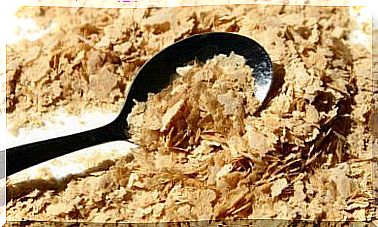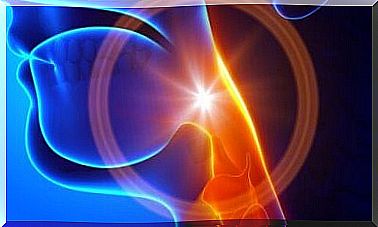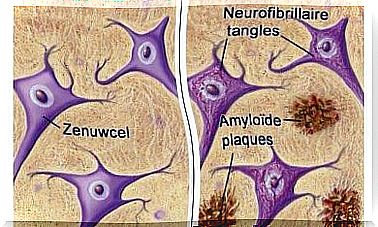Find Out More About The Condition Of Biliary Atresia
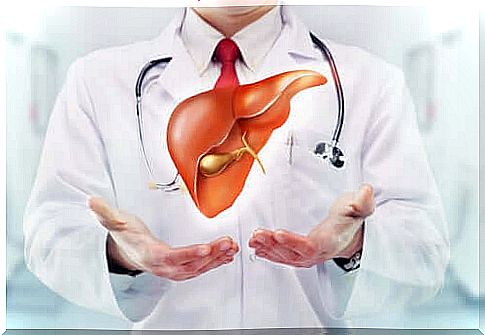
The condition of biliary atresia is a chronic and progressive liver problem. It becomes apparent shortly after birth. The bile ducts become blocked or shrivel and the bile cannot leave the liver.
This damages the liver and affects several vital functions. If left untreated, the disease can be life-threatening. Learn all about biliary atresia in this article!
What causes the condition of biliary atresia?
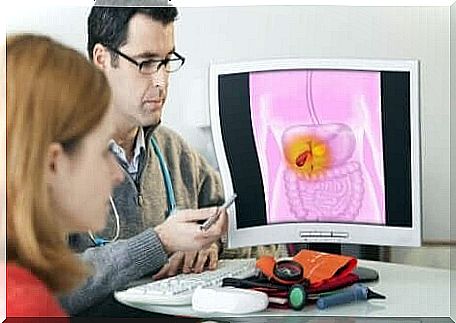
The exact cause of biliary atresia is not known. However, many experts believe that babies are born with bile duct atresia, meaning that the bile duct change occurs during pregnancy.
However, other opinions suggest that the disease occurs after birth as a result of exposure to toxic or infectious substances. No connection has been established with medicines the mother has taken or, for example, illnesses she has contracted during pregnancy.
Currently, experts don’t know if it has a genetic component. In general, the disease does not appear more than once in a family.
Symptoms
Babies with this condition often appear healthy at birth. However, the symptoms of the disease develop between two weeks and two months after birth. The symptoms of biliary atresia can also resemble other medical conditions or problems. Some of the symptoms that may occur include:
- Jaundice. Yellow discoloration of the skin and eyes. It occurs due to high and irregular levels of bilirubin in the blood that can be attributed to inflammation, other
- liver cell abnormalities or bile duct obstructions.
- Dark urine and pale stools.
- Abdominal distention and weight loss.
Read on to learn more:
Jaundice In Babies: Symptoms And Treatment
Diagnosis of Biliary Atresia
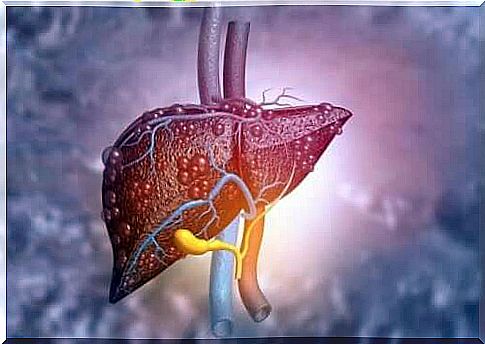
In order to diagnose the disease, medical professionals request various tests and blood tests. Below we will discuss some of these diagnostic agents.
blood tests
Blood tests measure the following parameters:
- Liver enzymes. Elevated liver enzymes can alert doctors to liver damage or injury. When this happens, the enzymes enter the blood and can be detected with the help of blood tests.
- bilirubin. The bilirubin produced by the liver is excreted in the bile. High bilirubin levels often indicate obstruction of bile flow or a defect in bile processing.
- Albumin and total protein. If these values are below normal levels, it is associated with chronic liver disease.
- Coagulation Tests. Tests such as prothrombin time (PT) and partial thromboplastin time (PTT), measure the time it takes for the blood to clot. Damage to liver cells and bile duct obstruction can disrupt the blood clotting process.
- Blood culture. This test checks for a blood infection caused by bacteria that can affect the liver.
Diagnostic imaging of the condition bile duct artresia
The imaging tests that medical professionals usually request include:
- Abdominal ultrasound. An ultrasound is a diagnostic imaging technique that uses high-frequency sound waves. One can use ultrasounds to obtain images of the liver as well as the gallbladder and bile ducts.
- Hepatobiliary scan (HIDA). This involves injecting a radioactive isotope into a vein. If the isotope in the blood moves from the liver to the gut, the bile ducts open and the doctor can confirm that there is no biliary atresia.
- Liver biopsy. A doctor takes a sample of liver tissue. They then examine the biopsy to distinguish the condition of biliary atresia from other liver problems.

